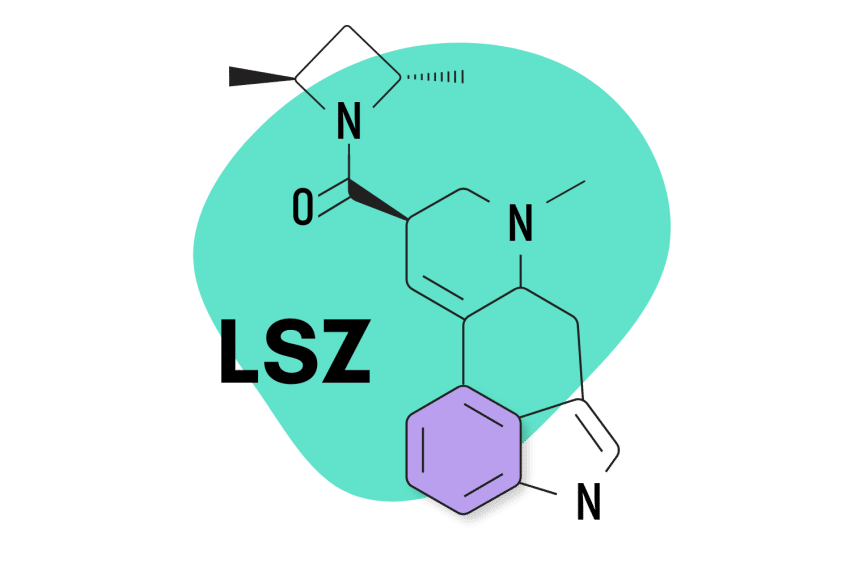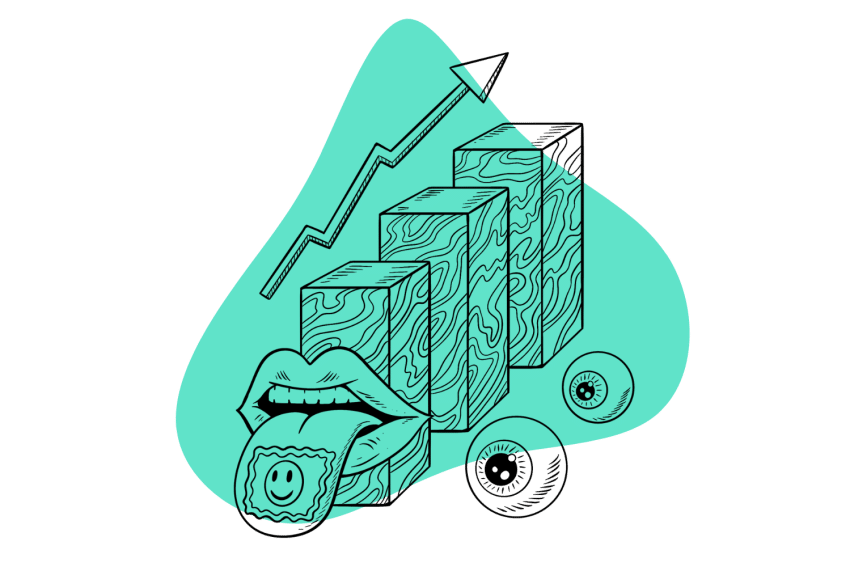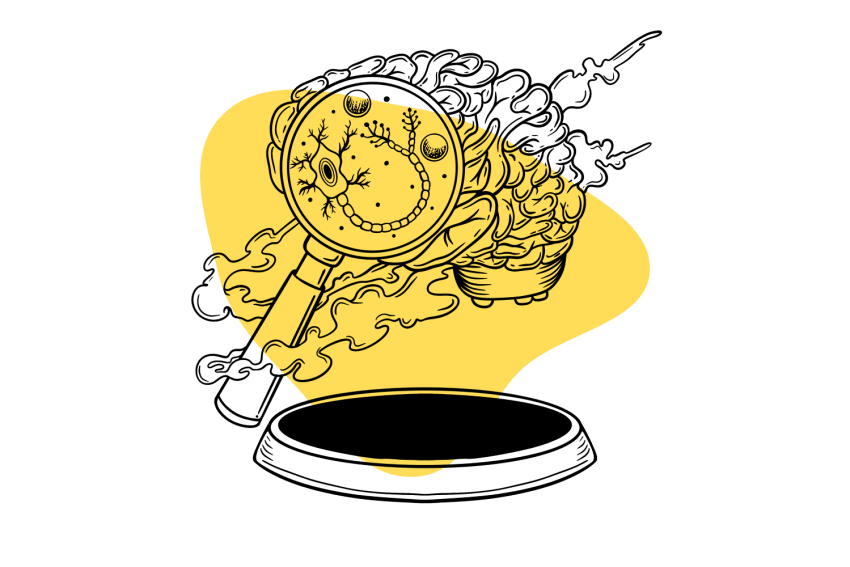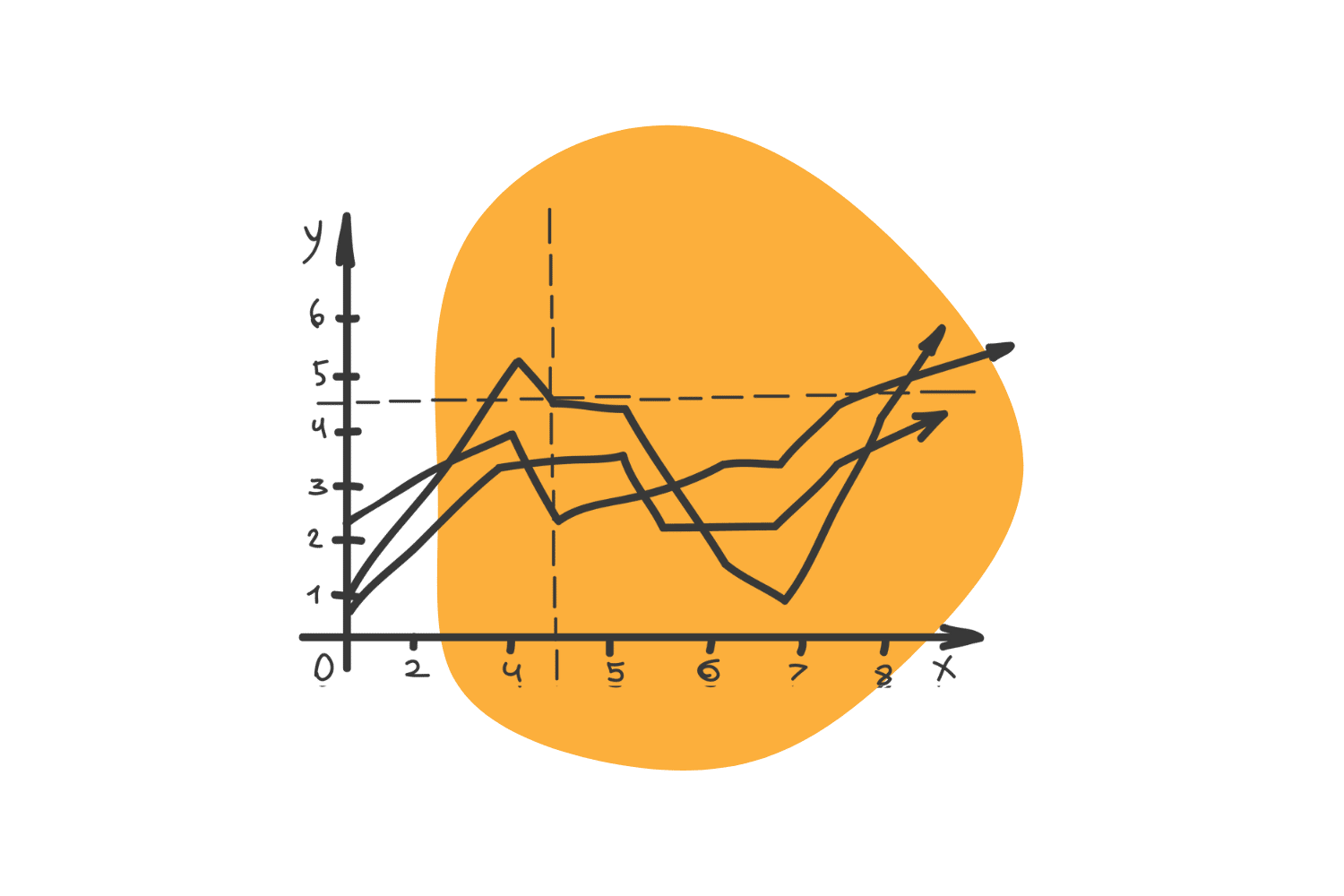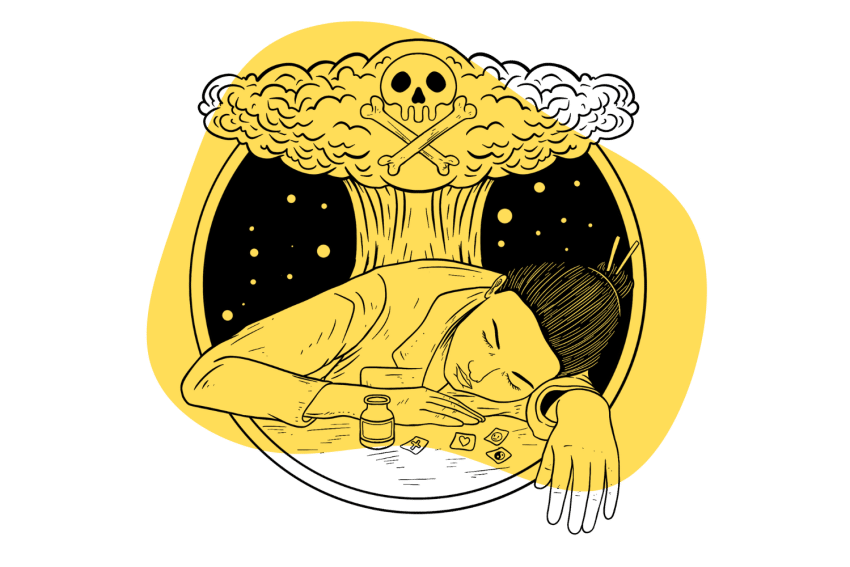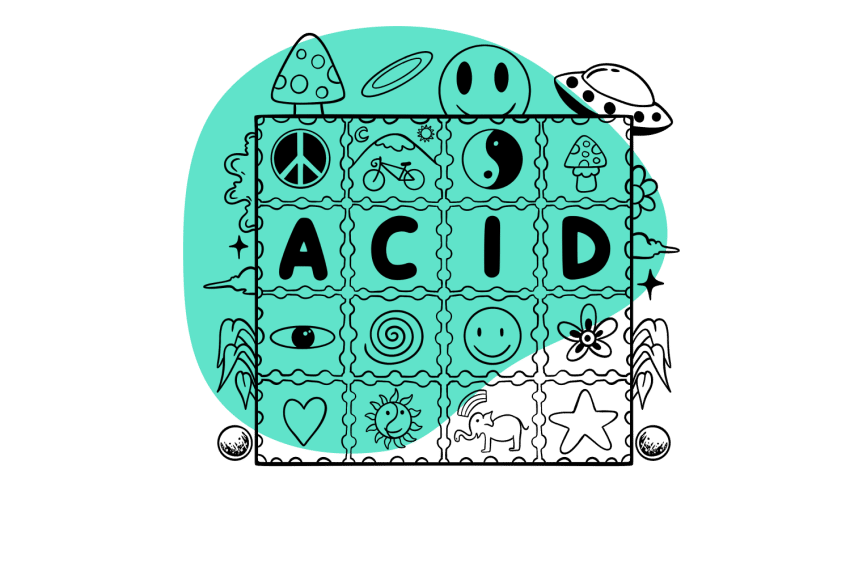Hawaiian Baby Woodrose Seeds (HBWR): Naturally-Occurring LSA
Hawaiian baby woodrose seeds have the highest concentration of LSA (lysergic acid amide) found in nature.
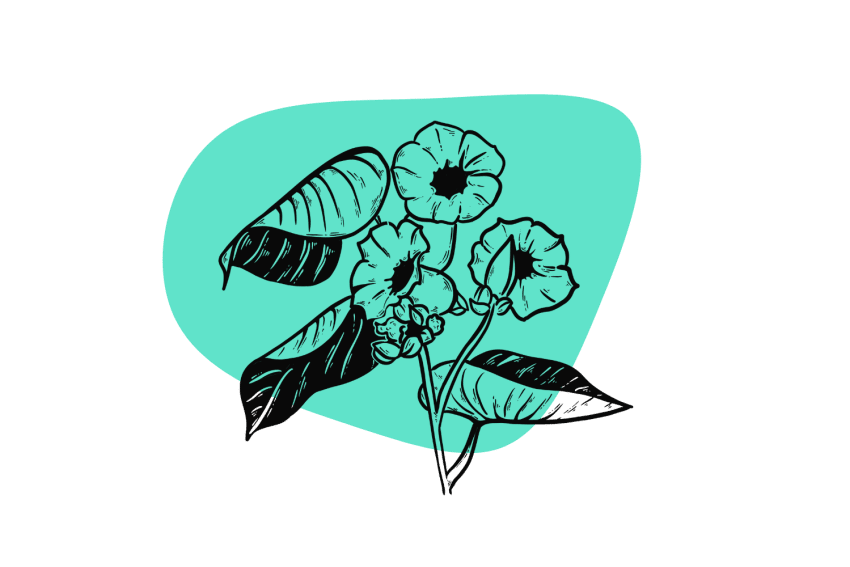
Hawaiian baby woodrose (Argyreia nervosa) is a plant native to India but has spread worldwide. The seeds feature several compounds, but the main one is d-lysergic acid amide (LSA) — also known as ergine.
This psychedelic compound is often compared to LSD (lysergic acid diethylamide), but for all their similarities, there are some drastic differences between the two. As interest continues to grow in using these seeds as a source of a “legal” high, it’s important to understand its various ins and outs.
One major misconception about LSA is that it’s a lighter, easier psychedelic experience than you’d experience with LSD. While this can make sense in smaller doses, even moderate ones can be overwhelming.
With that in mind, let’s dive into the specifics of Hawaiian baby woodrose, the active compounds therein, safety information, how to take them, and anything else you may need to know about this fascinating plant.
What is LSA?
LSA is a naturally-occurring alkaloid in the lysergamide family that shares much in common with LSD (lysergic acid diethylamide).
While the two appear virtually identical on a molecular level, they’re very different from each other.
The main distinction in effects between the two comes from the strong sedative nature of LSA.
Another significant reported difference is in LSA not being as visual of an experience as users of LSD have come to expect. Many users report feeling a heavy body load that translates into a feeling of “couch-lock.”
Users essentially feel like they’re stuck wherever they’re sitting or lying down, unable to move or get anything done, often falling in and out of lucid dream states.
While LSD is the closest option to LSA, their distinctive experiences make the comparison minimal.
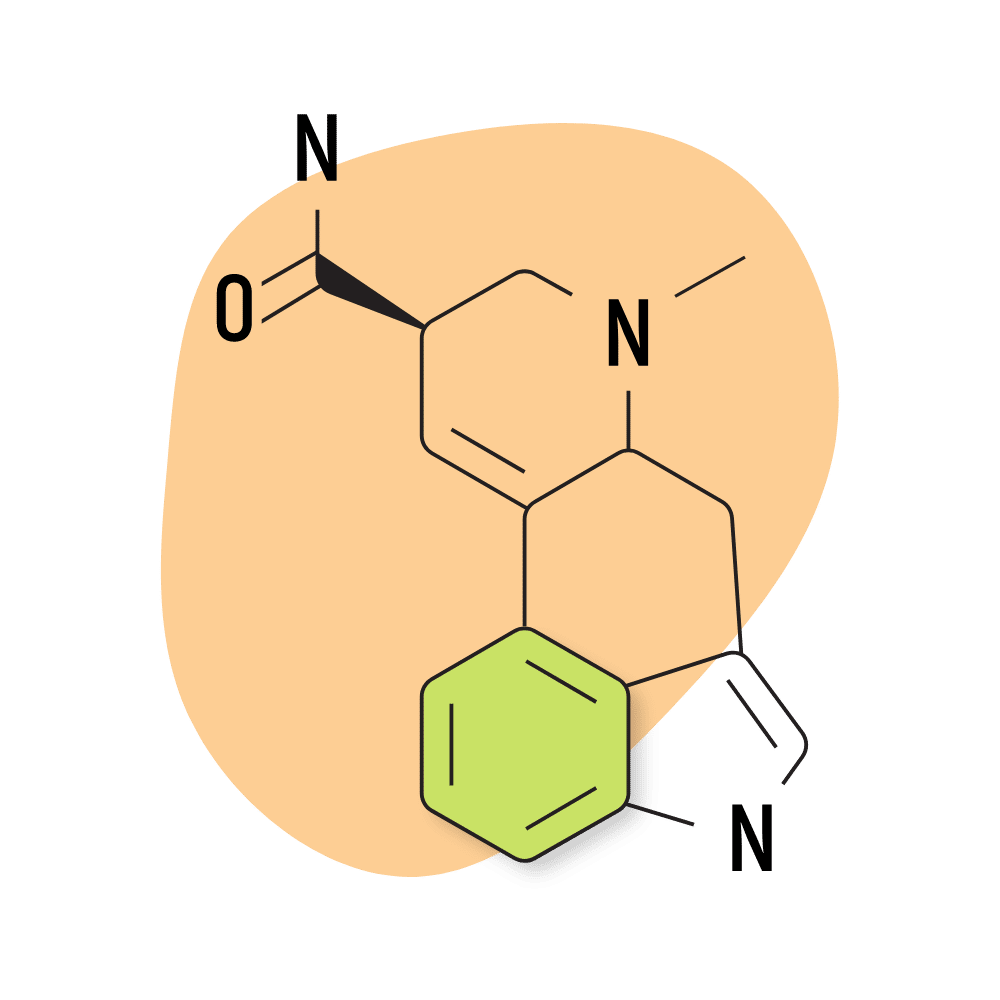
Other Sources of LSA
While Hawaiian baby woodrose contains the highest concentrations of LSA, it is not alone in the natural world. Here are the main other natural sources of LSA:
- Morning Glory Seeds (Ipomoea violacea)
- Sleepy Grass (Achnatherum robustum)
- Ergot Fungus (Claviceps purpurea)
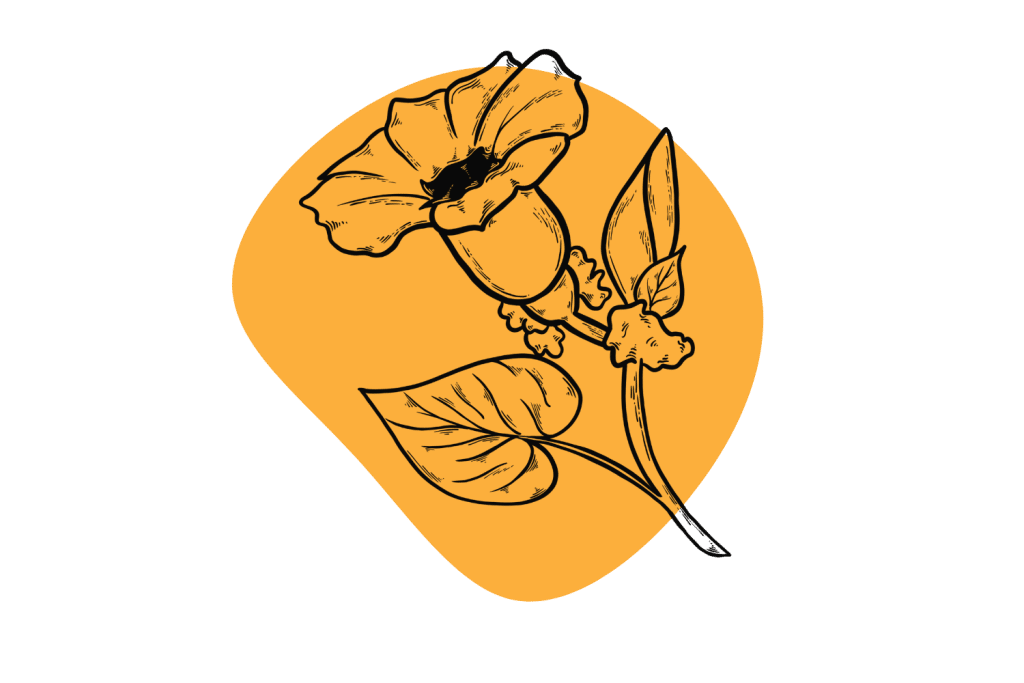
Are Hawaiian Baby Woodrose Seeds Safe?
As is often the case when dealing with tryptamines, the lethal dose of Hawaiian baby woodrose seeds is yet unknown. While it’s nice that they haven’t caused any deaths, that doesn’t mean that there are no potential downsides.
With all psychedelics, the risk exists of a negative experience that can harm the mental well-being of the user. Without proper precautions, these “bad trips” can become traumatizing.
Luckily, much of this is avoidable through planning and intentionality.
Tripsitter Guidelines For Safe Travels with Hawaiian Baby Woodrose
To reduce the risk of having a negative experience, we’ve developed a checklist for getting your mind in the right place.
- Learn the pillars of responsible use — set, setting, sitter, & substance
- Know your dose — Hawaiian baby woodrose effects can kick in after as few as 1–2 seeds. From there, the experience can vary drastically with each seed you add.
- Test your substances — always test your LSA with a reagent test kit before you start.
- Know the timeline — the effects of LSA will last between 8 and 12 hours. Consider writing down the time you consumed them to ensure you can remember them throughout the experience.
- Consider a Trip Sitter — They don’t have to be experts on the substance, but it must be someone you trust who can hold space and ease your nerves if needed.
- Don’t mix — LSA may interact poorly with or intensify other drugs if you use them together. This includes cannabis.
With a healthy mindset, a clean environment, and a clear understanding of what you’re doing, navigating the tumultuous waters of LSA is much easier.
Low Risk for Abuse & Addiction
One thing that makes Hawaiian baby woodrose — and much of the other tryptamine-derived drugs — much safer than others is that they have a very low risk for abuse. Aside from the fact that a complete experience with HBWR is not something you’ll likely want to repeat day after day — you actually physically can’t.
That’s because many hallucinogenic drugs like this cause a tolerance to quickly build up. If you were to take eight seeds today, it might take double that amount the next day for a similar effect. Tolerance doesn’t stick around forever, but it does take 1–2 weeks to return to baseline.
Related: How Magic Mushroom Tolerance Works
Vasoconstriction
Along with the other form of lysergamide alkaloids, LSA can cause vasoconstriction. The effects of this can range from pain and coldness throughout the body to pressure in the eyes and tingling in the fingers.
As your blood vessels constrict, the blood flow to your skin slows and temperature regulation becomes much harder [1]. Some reports indicate that magnesium and the natural herb Ginko biloba can help with this unfortunate side effect of LSA.
The important thing is to remember that this is a common effect that does pass in the process. While it can feel unsettling, put on some smooth music, cover up with plenty of blankets, and try to relax into it.
Dangerous Drug Interactions
As a general rule, you should avoid mixing any drugs with Hawaiian baby woodrose. With so little research on how the interaction of LSA with other medications, there is not enough information to say any combination is safe.
In some cases, LSA may intensify other drugs — like THC — which can cause users to get more than they bargained for. This is particularly risky when you’re already in a vulnerable mindset to begin with.
Are There Any Side Effects of Hawaiian Baby Woodrose Seeds?
Users can expect a range of side effects when taking Hawaiian baby woodrose [2]. While these are not dissimilar from other hallucinogenic drugs, many report a higher intensity with HBWR.
Some of the common side effects that users can expect when consuming these seeds are:
- Anxiety, paranoia
- Changes in body temperature, cold sweats, shivering
- Clenching of the jaw and hands
- Nausea and vomiting
- Tiredness and heaviness in the body
For the most part, adverse effects ease up after the initial adjustment period. Preparing yourself by eating healthy foods for the few days before and fasting for 12–24 hours can help ease many of these.
What’s the Right Dosage for Hawaiian Baby Woodrose?
LSA is significantly less potent than LSD, but the higher concentrations in HBWR enable it to have a big effect with minimal consumption. Effects can vary drastically with each increase in dosage so do so slowly.
The dosage below is approximate for the average person, but, generally speaking, the guidelines are as follows:
| Dosage Strength | Number of Seeds | Weight of Seeds | Approximate Dose of LSA |
| Microdose | 1–2 Seeds | 80 mg | 100 µg |
| Threshold Dose | 3–5 Seeds | 240 mg | 300 µg |
| Standard Psychoactive Dose | 6–8 Seeds | 640 mg | 830 µg |
| Heavy Dose | 9–12 Seeds | 960 mg | 1.2 mg |
As the adage goes, you can always take more; you just can’t take less. If you’re just starting to try LSA and HBWR for the first time, start low and slowly build up your usage over time.
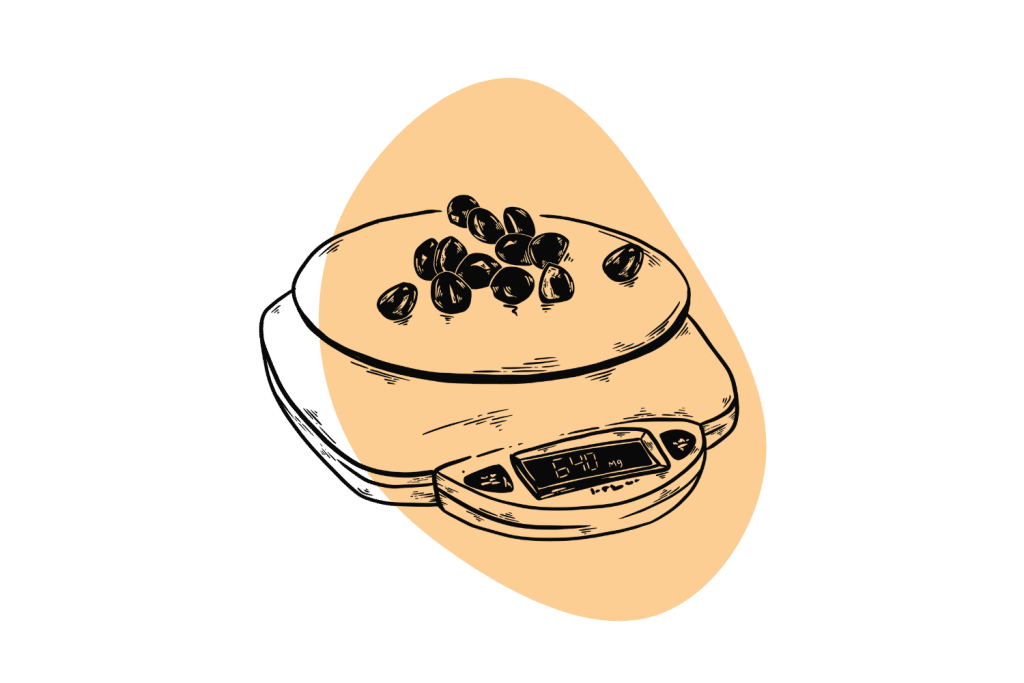
Is There a History of Traditional HBWR Use?
Though many other plants containing LSA have a traditional history of usage, HBWR doesn’t seem to have been popular until around the 1960s.
While there has not been any reported use of this plant as an entheogen, it was popular as a medicine in India. Evidence exists that links several parts of the plant — but not the seeds — to traditional treatments [3].
It seems likely that, at some point down the line, at least one culture must have used this seed as an entheogen, given the fact that indigenous cultures embraced other LSA sources. The potency advantage these have over other LSA sources makes it seem far-fetched that nobody discovered them at all until the 1960s.
This rings especially true given the fact that other parts of the plant were in use for various reasons. Still, without solid evidence, there is no way to know for sure if any cultures took notice of the seeds until our own did.
What Does Hawaiian Baby Woodrose Feel Like?
At high doses (7–9+ seeds depending on your physiological makeup), HBWR can produce similar dreamlike visions to LSD. Due to the sedative nature, many have a difficult time staying awake after taking Hawaiian baby woodrose.
Some reports include people sleeping through the entirety of their trip because they have fallen asleep at the beginning. While the tiredness tends to wear off, the body load may last the whole time.
Additionally, couch lock and upset stomach sensations may continue throughout the trip.
Even when users fall asleep after taking HBWR seeds, the dreams they experience are notoriously bizarre. Some people like to use this plant as an oneirogen to help them experience more vibrant and visual dreams.
Related: Learn How to Lucid Dream.
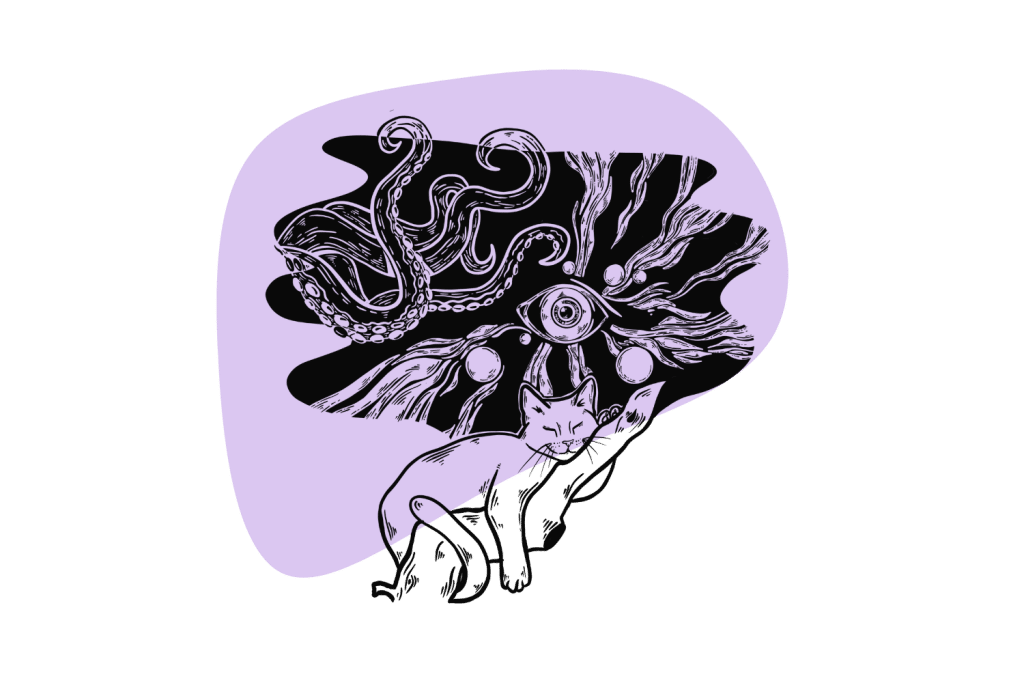
How to Prepare Hawaiian Baby Woodrose
There are several ways to prepare for an experience with HBWR. The more preparation you put into the process, the more you might reduce nausea and other unpleasant factors.
That’s because the plant material that surrounds the LSA is likely the largest part of those experiences. By extracting the LSA from as many of the other elements as possible, you can lower the effect they create.
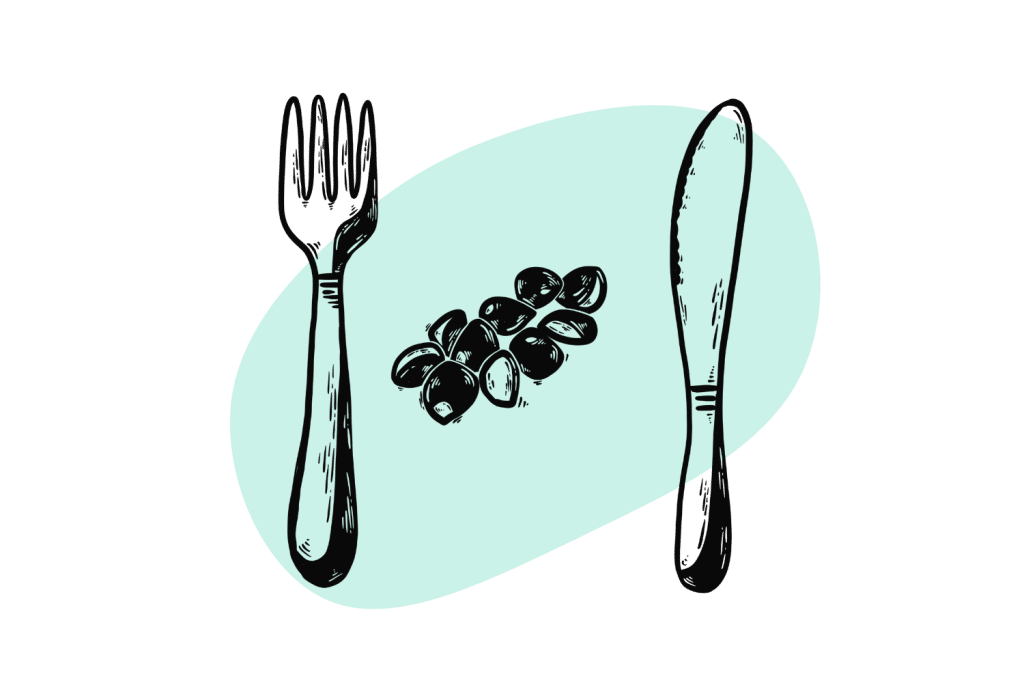
Method #1: Eat the Seeds (Easiest Method)
Though the seeds may produce undesirable effects, they aren’t toxic. Taking HBWR can be as simple as chewing up the seeds and swallowing them. Some find it easier to grind the seeds up in a coffee grinder or mortar and take it down with a shot of water or fruit juice.
Method #2: Sublingual Method
Some claim to get enough of an effect from chewing the seeds and holding them in their mouths for long enough. With this method, you’ll want to add a few extra seeds to make up for the lower potency.
Grind the seeds with a mortar or a coffee grinder and place them underneath your tongue. Allow them to sit for 30–45 minutes, and then spit the accumulated saliva and seed material out. In theory, the LSA can enter your bloodstream through the membrane of your tongue, but again, this is just a theory.
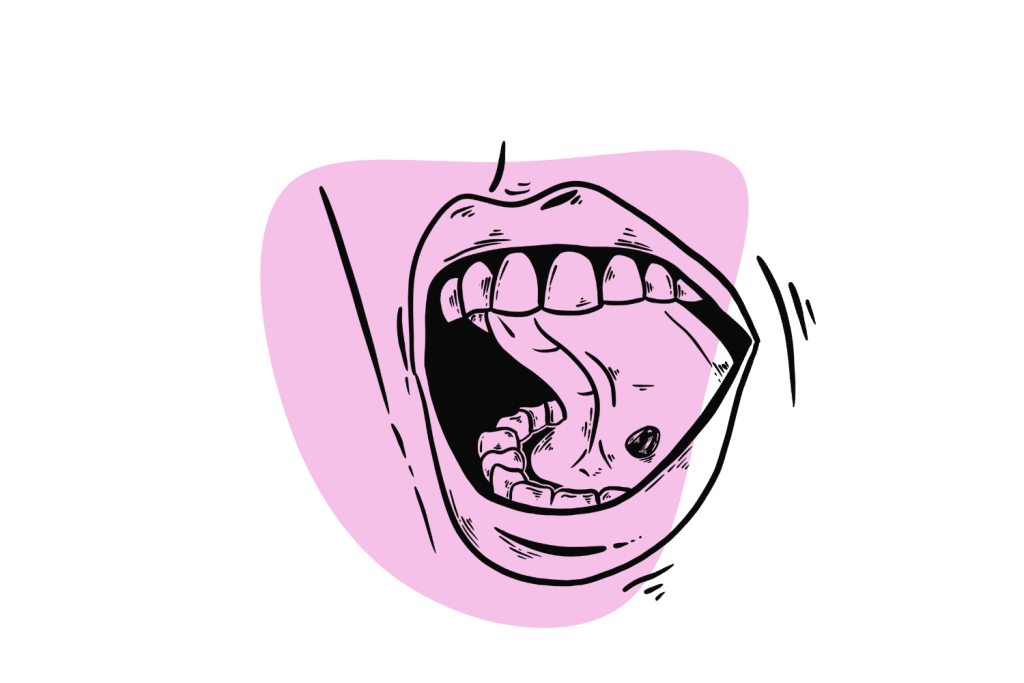
Method #3: Cold Water Extraction (Reduces Nausea)
CWE is perhaps the most common method for LSA extraction. With this method, you will again have to make sure to add an extra 2–3 seeds to accommodate for the lower potency.
Materials
- Hawaiian baby woodrose seeds — make sure these are UNTREATED. “Treatment” involves spraying the seeds with any number of chemicals to inhibit fungal growth or prevent people from using them recreationally.
- Boiled tap water or distilled water — Boiling the tap water helps ensure there is no chlorine left over. After boiling, let the water cool to room temperature. Distilled water does not require boiling.
- A Clove of Garlic — This is primarily to help with nausea
- Fruit Juice — This helps wash the whole thing down and mask the taste
- Tin Foil — To cover the container from light as it steeps (a lid works fine here, too)
Process
- Choose your dosage — Remember, CWE is slightly less effective than eating the seeds, so add one or two to your preferred number.
- Grind the seeds to a powder — People typically use a coffee grinder for this. If you do, make sure you go in bursts to reduce the risk of the blades heating up and destroying some of the LSA.
- Put the powder in a teabag or cheesecloth.
- Steep in cold water — Fill a jar with 1 cup of distilled or boiled water and place your teabag in it.
- Cover your container — Place tin foil over your container to keep light from getting in.
- Place in fridge and wait — Put your covered container in the fridge and wait at least three hours.
Once complete, remove your teabag and drink the water about ¼ at a time every 30 minutes.
How Strong is Hawaiian Baby Woodrose Compared to Other Psychedelics?
The reputation of LSA as a less potent psychedelic may come from people who only experiment with lower doses of it. While these may amount to little more than a sedative effect with a funky headspace, larger doses are a different story.
Ego-death and out-of-body experiences are just as possible with Hawaiian baby woodrose as with other options. While it’s true that LSA is a much weaker psychedelic, that doesn’t mean that the effects from a larger dose of it won’t still be very intense.
Is Hawaiian Baby Woodrose Worth It?
Many reports online detail Hawaiian baby woodrose as a hellish experience with no upside. Some places even might call it a “weaker, worse LSD.” But is this warranted?
HBWR gets a bad rep, but many of the negative trip reports seem to come from people who didn’t know what they were getting into. Since so many people compare it strongly to LSD, users go into the trip with an expectation that the experience will be the same.
When the stomach cramps hit, and they start feeling like they can’t keep their eyes open, they start to regret the choice to try it at all. However, there are also many reports of people that educated themselves on what to expect and had a delightful or even life-changing experience.
As with all psychedelic experiences, the main issue is always your mindset going into the experience and the setting you are in. If your mindset isn’t prepared for the body load of Hawaiian baby woodrose, it’s hard to have a good time while on it.
References
- Charkoudian, N. (2003, May). Skin blood flow in adult human thermoregulation: how it works, when it does not, and why. In Mayo clinic proceedings (Vol. 78, No. 5, pp. 603-612). Elsevier.
- Kremer, C., Paulke, A., Wunder, C., & Toennes, S. W. (2012). Variable adverse effects in subjects after ingestion of equal doses of Argyreia nervosa seeds. Forensic science international, 214(1-3), e6-e8.
- Meher, A., & Padhan, A. R. (2011). A Literature Review on Agyreia Nervosa (Burm. F.) Bojer. International Journal of Research in Ayurveda & Pharmacy, 2(5).

